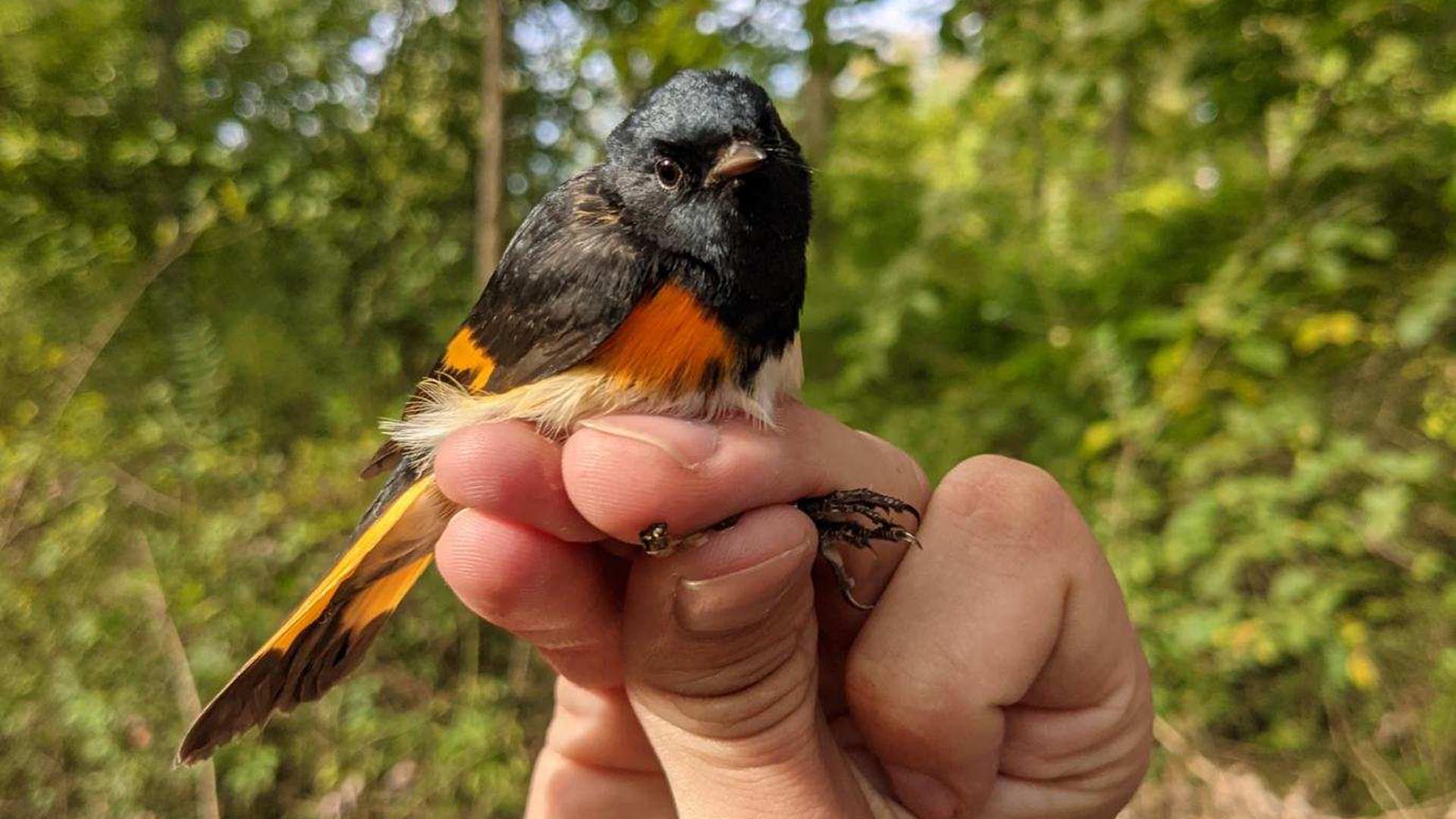
The spring season can be known for its incredible storms, winds, and fronts. Yet on the back of these fronts, can be thousands of migrating birds being pushed by strong winds out of the south. A good tailwind can make a bird’s journey from South America to Canada much easier. This journey is long, treacherous and has many difficult crossings. One geographical region posing a threat to landbird migration are the Great Lakes. Lake Erie creates a barrier for many migrating songbirds, and they need to await a decent wind to cross it.
Mentor’s natural areas play an incredibly important role on this migration journey. Birds need food resources such as insects and berries to fuel their journey northward. That’s where the Mentor Marsh and the Mentor Lagoons Nature Preserve play a huge role. Sitting right on the shores of Lake Erie, they provide plentiful habitat and resources for “refueling.” Many species of warbler, sparrow, flycatcher, and vireo rest and refuel within this restored ecosystem until conditions improve and the next southerly wind occurs to cross the Lake.
This critical location is a major reason the city of Mentor’s Natural Resources Division has begun operation of a migratory bird banding station at the Lagoons. Birds are captured by biologists, banded, measured, and safely released. This project looks to understand the volume of birds moving through in both spring and fall, as well as contribute to population trends of individual species in the eastern U.S. Last Fall, the station banded over 2000 birds of 72 species.
We encourage the public to visit the station on Fridays (7:00 AM -11:30 AM) from April 21st-May 26th. You will be able to see species up close such as downy woodpeckers, Baltimore orioles, indigo buntings, and magnolia warblers. For more information contact the Natural Resources Division at 440-974-5717.
